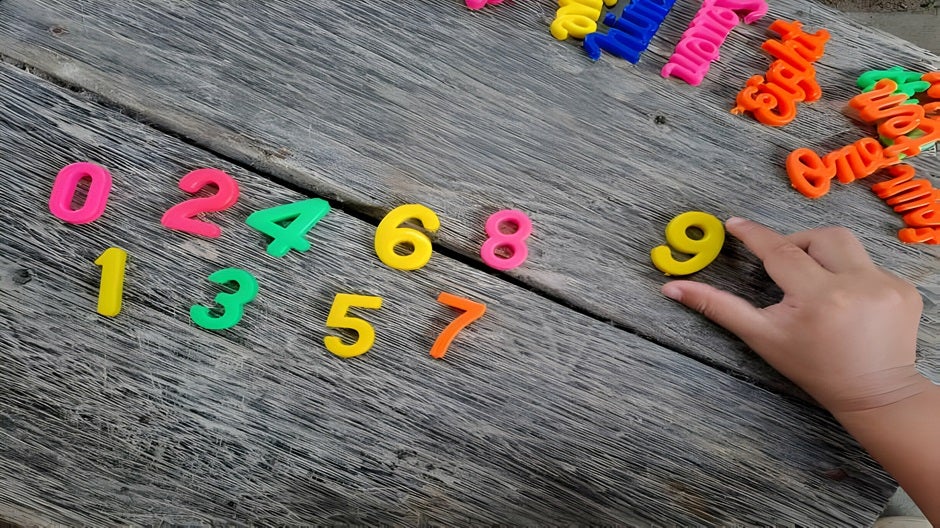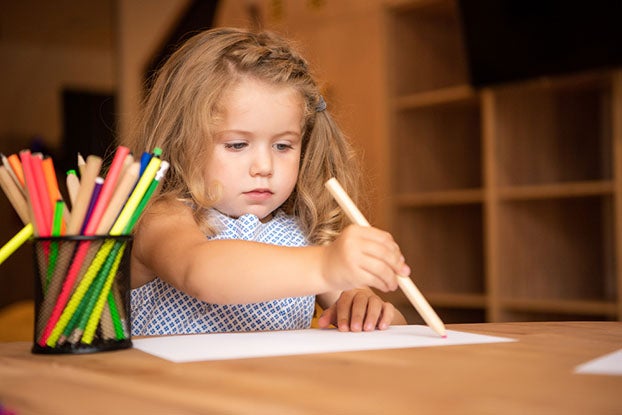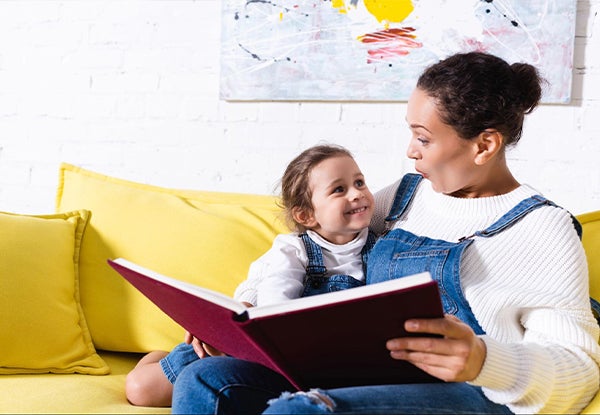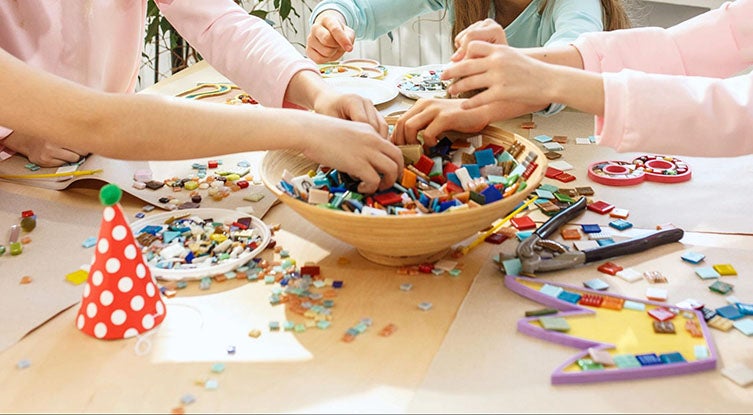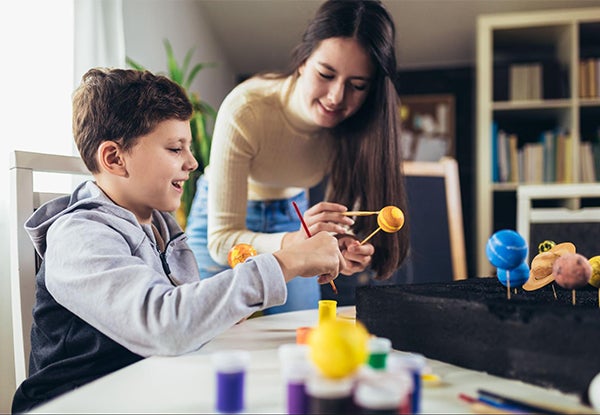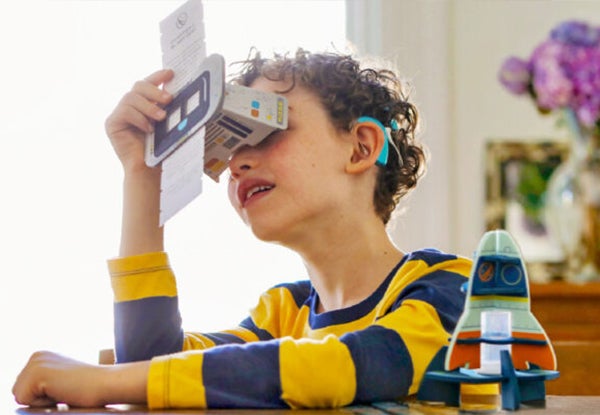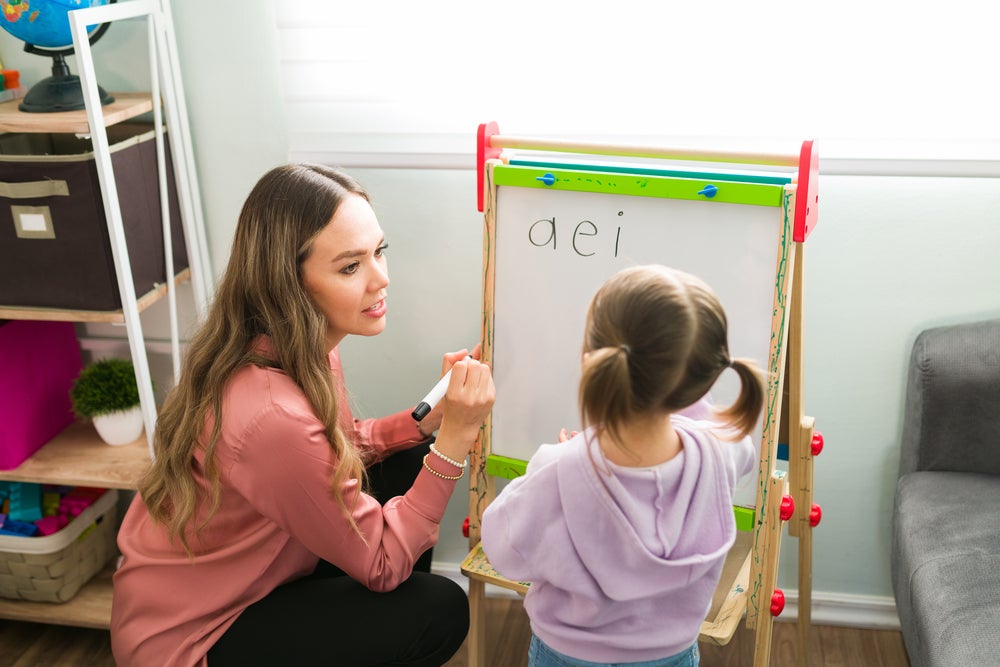When your child can read sight words at a glance, they’ll be able to read more fluently and their confidence will soar. Mastering this list of 2nd-grade sight words will be a big step toward them becoming a strong reader.
In this article, we’ll explain why learning sight words makes such a difference and share some tips to make learning them more enjoyable.
Table of Contents
- What Are Sight Words?
- 2nd-Grade Sight Words
- Tips for Practicing Sight Words at Home
- 2nd-Grade Sight Word Activities
What Are Sight Words?

Sight words are words children should recognize quickly without having to sound them out. These words occur frequently in written text and make up 50-70% of all words in children’s books.
Typically, students study a new list of sight words each school year, from preschool through 3rd grade. By the time they’re in 4th grade, most students can read these commonly used words without hesitation.
Why Sight Words Are Important
When your child comes to an unknown word while reading, “sound it out” is likely the approach they’ll try first. While this is a common strategy, being able to recognize sight words at a glance will improve your child’s reading speed and fluency.
2nd-Grade Sight Words
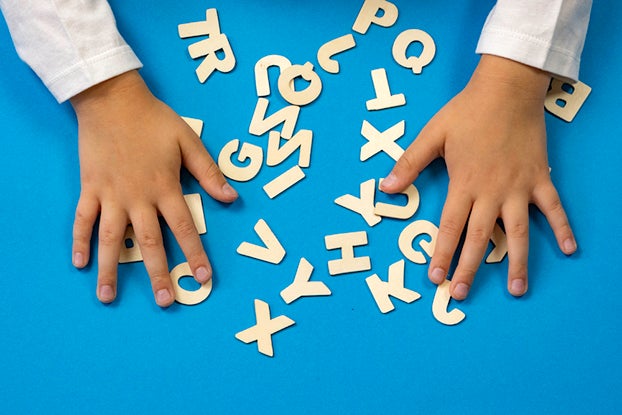
Now that you know what sight words are, let’s dive into the Dolch Word List for 2nd grade. The 46 words are arranged alphabetically.
- always
- around
- because
- been
- before
- best
- both
- buy
- call
- cold
- does
- don’t
- fast
- first
- five
- found
- gave
- goes
- green
- its
- made
- many
- off
- or
- pull
- read
- right
- sing
- sit
- sleep
- tell
- sheir
- these
- those
- upon
- us
- use
- very
- wash
- which
- why
- wish
- work
- would
- write
- your
Tips for Practicing Sight Words at Home
Now that you know what words to focus on, here are some tips for helping your child master 2nd-grade sight words.
Allow Practice with Technology
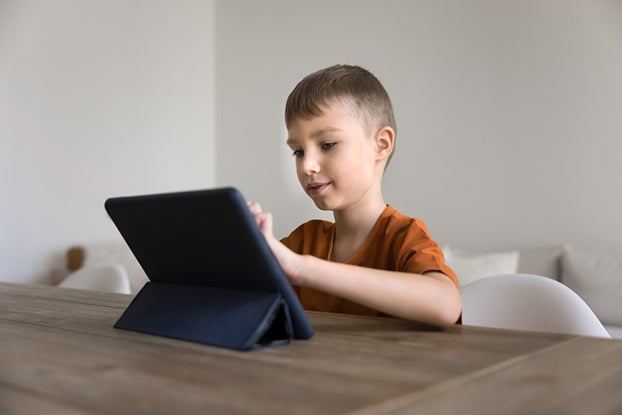
Give your child some screen time and let them practice their sight words with the HOMER app by Begin. This app helps children build their literacy skills through interactive games and activities.
And since it’s personalized to your child’s reading level, it can be a great tool for practicing sight words at home.
Practice Daily
Consistent practice is essential when it comes to learning sight words. If too much time passes between reading sessions, your child may forget what they’ve learned.
Set aside a few minutes each day to focus on sight words. Soon, it’ll be a habit that both you and your child look forward to.
Use Flash Cards for Quick Practice
Flash cards are a classic but effective way to practice sight words. While you can purchase pre-made sight word flashcards, making your own is simple. You need index cards and a marker.
Once your flash cards are ready, use them for quick drills. Since they’re small, you can bring them anywhere and use them when there’s waiting involved, such as at the dentist’s or doctor’s office or at a restaurant.
They’re also perfect for your child to use on their own during car rides or whenever they have a few minutes of extra time.
Read Books Together
As you read together, point out the sight words and let your child say them.
You may be amazed at how often they spot these words independently in everyday life after practicing them in books. Sight words are everywhere!
Review Sight Words Frequently
Sight words must be reinforced consistently in order for your child to learn them. Reviewing them frequently is key.
Take time to practice words your child has learned so they don’t forget them. Your daily sessions can focus on a mix of old and new sight words.
Celebrate Progress and Stay Positive
The journey to sight word mastery can take time, so it’s important to celebrate your child’s progress along the way. Recognize their effort and praise them for their hard work.
If your child struggles with certain words, stay positive and encourage them to keep trying. Remind them that everyone learns at their own pace and that with practice, they’ll eventually master every word on the list.
Choose Engaging Activities
Classic flash card drills can become repetitive after a while. To spice things up, incorporate a variety of games and activities. We’ll share some ideas below.
2nd-Grade Sight Word Activities
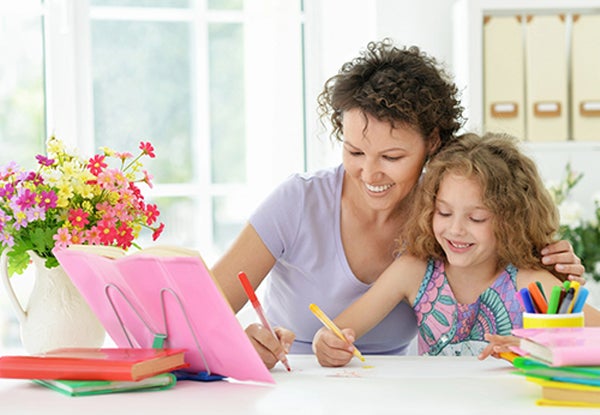
Here are a few specific sight word activities your second grader may enjoy.
Sight Word BINGO
Draw a five-by-five grid on paper and have your child write a sight word in each square. Then, call off words and have them mark off the corresponding square. If they get five words in a row and read them back to you, they win!
Silly Sentences
Put several sight word flash cards in a bowl and have your child randomly draw four. Encourage them to read the words and create a silly story with them.
For example, if they got the words before, green, pull, and work, they might come up with a story like this:
One morning before breakfast, I saw an elephant in my yard. He was trying to pull an apple tree out of the ground with his trunk. When I asked him what he was doing, he said, “Taking some green apples to school for a snack. I told him he should leave the tree where it was and put the apples in a giant lunchbox instead. Then I gave him a suitcase. “That will work!” he said.
After listening, encourage them to write down their story and illustrate it so you can read it again. That way, they’ll also get to practice writing sight words.
Sight Words in the Kitchen
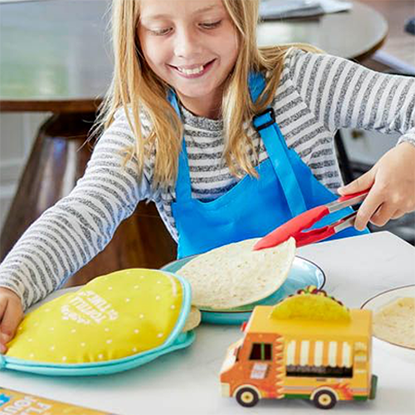
Enlist your child’s help in the kitchen and make it a sight word practice session. Let them help you cook dinner using a recipe, and point out any sight words you see listed.
If you need kid-friendly recipes or cooking supplies, check out Kitchen Adventures from Little Passports! As you read the materials together each month, encourage your child to look for sight words.
Fishing for Sight Words
Integrate some sensory play into your sight word practice with this simple game. You’ll need magnetic letters, a large bowl, and a slotted spoon. To help reduce the mess, set up the activity on a large bath towel to soak up any spilled water.
Fill the bowl halfway with water, and drop the letters in. Hand your child a slotted spoon and give them a sight word to spell. Their job is to use the spoon to “fish” each letter they need out of the water.
Then, they must put them in order and read the word to you before trying again.
Sight Word Hunt

Write sight words on sticky notes and put them up around the house. Challenge your child to find and read all the words. For extra practice, encourage them to use each word in a sentence before looking for another one.
Sight Word Shuffle
Write each letter of a sight word on a piece of copier paper, and scatter the letters randomly on the floor. Call out the letters to spell the sight word one at a time to have your child discover what the word is.
Next, rearrange the letters and ask your child to put them in the right order. Keep rearranging until they put the letters back in the correct order every time.
Light Up Words
Write sight words in large letters on a small whiteboard or large paper. Then hand your child a small flashlight and ask them to trace each word with the light beam. When they reach the end of a word, ask them to read it before moving on to the next one.
Help Your Child Grow as a Reader with Begin

With so many fun activities, your child will never get bored while practicing 2nd-grade sight words. As you practice each day, stay positive and offer encouragement. Before you know it, your child will read these words like a pro!
Products from Begin’s family of brands can help children feel confident and motivated to learn, including the HOMER app, which offers engaging ways to practice sight words and other important literacy skills. And kits from Little Passports spark curiosity and inspire a love of reading that will last a lifetime.
Check out our line of products and help your child grow as a reader with Begin!



